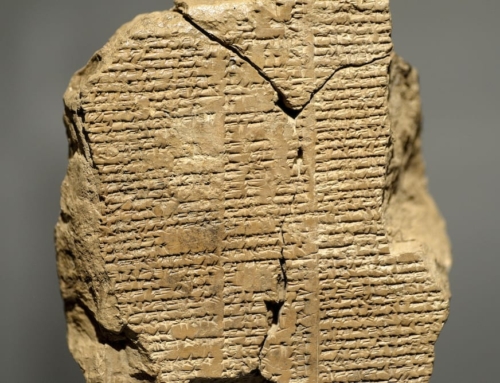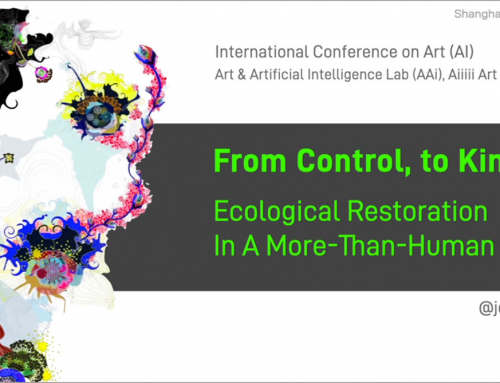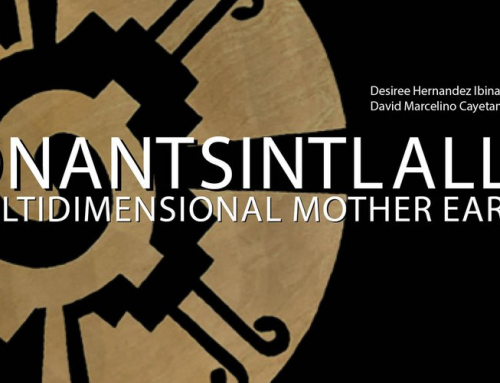I can understand why Enrico Giovannini, Chief Statistician of the OECD, is so pleased with with his new visualzation tool, the OECD Factbook Explorer. Few people on the planet can be responsible for a larger volume of statistics than he is – or so aware that the more data proliferate, the harder it is to extract meaning from them.
The new tool has been developed by Mikael Jern and his group at the National Center for Visual Analytics at Linköping University in Sweden. Four large research funds are jointly supporting Sweden’s national focus on the creation of advanced and interactive visualisation tools for complex and multidimensional amounts of data.
The Factbook Explorer clearly meets a pressing need. When Professor Giovannini showed me the tool in Paris last week, more than 60,000 people had visited the BBC website within a day of the story being posted.
The OECD’s tool is impressive as eye candy. But making numbers look interesting is not its main point. Its longer-term potential is as a tool to help change the ways we perceive and measure economic progress.
(See at this point my earlier piece on Metrics and Aesthetics )
Ever since we organised Doors of Perception 3 on the theme “info-eco” in 1995, we’ve been preoccupied by the question: how might information technology and design help us live more lightly on the planet?
Doors 3 was one of the first events to bring ‘info’ and ‘eco’ people together, and some readers of this blog may well remember the sharp differences in character and outlook of the two camps.
A core difference between the info and eco crowds concerned the degree to which digital monitoring tools were to be trusted and relied on. Eco critics worried that mesmerising visualizations might make things worse by providing us with engaging images of the wrong kinds of data.
(This suspicion by eco people has not modifed much in the intervening 14 years, as is indicated in my post below on The Internet Things. )
What matters is less how information is presented, than what is being counted – and how the numbers are used.
Despite the global economic crisis, the trajectory of “the Dow” still shapes how many people, especially in the North, perceive the economy in particular, and progress in general: Up is good, down is bad.
The flaw with the Dow is that its “up” describes increases in energy and resource flows that are devastating the biosphere.
Notoriously, traditional economics describes water, minerals, biodiversity – and the biosphere as a whole – as costs that are ”external” to economic activity. And because these vital resources don’t get counted, they don’t get looked after.
In the words of Janine Benyus nature, in traditional economic thinking, is treated “like a warehouse, when it should be seen as our mentor”.
The good news is that a raft of alternative systems of economic measurement are now emerging that take into account a more complete measure of human and ecosystem wellbeing.
The OECD, for example, has been running a series of international conferences on Measuring and Fostering the Progress of Societies. The next in the series is a big conference in Korea in October.
In parallel with the OECD Global Project, as it’s called, in 2008 French President Nicolas Sarkozy recruited two Nobel economists, Amartya Sen of India and Joseph Stiglitz of the US, to advise him on changing the way French economic growth is calculated.
“We must change the way we measure growth,” said Sarkozy – calling (somewhat implausibly) for a “moralization of capitalism”.
President Sarkozy’s 24-member commission (of which Enrico Giovannini is also a member) is expected to publish its final report conclusions within a few weeks. Its provisional conclusions were published last week.
Given the myriad indicators and measurement frameworks about the the biosphere that are out there, the holy grail of these projects for a long time was to aggregate these various metrics into a single number – a “Dow for the biosphere” as a whole. It seemed obvious that a single number would be best-placed to compete for attention with the Dow, and hence change behaviour and policy.
Latterly, faced with a remorceless acceleration in the production of composite indicators (their number grew by 50% in 2008 alone) the emphasis seems to be evolving – from the search for a single number, to a discussion of how best new indicators should be designed and used – and by whom.
As new indicators emerge, and as new tools (like OECD Explorer) to ‘read’ them are developed, the most important issue becomes one of ownership and use. How might citizens take ownership and control of evidence-based discussions about new ways to set priorities?
And here, things could get really interesting. The OECD’s current newsletter contains a text by Richard Eckersley that asks, “Is the West really the best?” New measures of progress need to reflect a broader reality, Eckerlsey argues, than an individual’s happiness.
The West comes out top of many happiness surveys, and yet many of its citizens, especially younger ones, admit to feeling “lonely, very stressed, recently hopeless and depressed, and frequently angry.”
A better indication is perhaps given by the New Economics Foundation’s Happy Planet Index in which Latin American nations top index ranking countries by ecological footprint and happiness of their citizens. This year, Costa Rica emerges as number one.






